Projects Portfolio
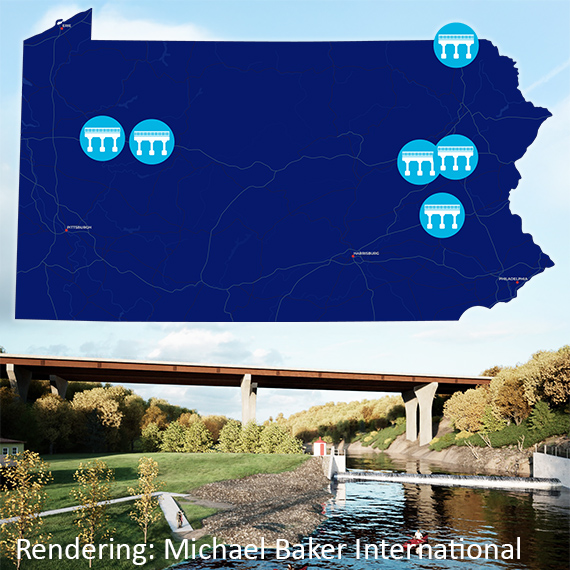
PennDOT Major Bridge P3 Program
S&B USA is part of Bridging Pennsylvania Developers (BPD), a group that formed as a response to the PennDOT Pathways Program, which is rapidly addressing the state's growing backlog of rehabilitation needs for major bridges that are approaching the end of their lifespan.

Beaver River Bridge Replacement
This project plans to build two new parallel cast-in-place segmental bridges to replace the current steel deck truss bridge that was built in 1953.
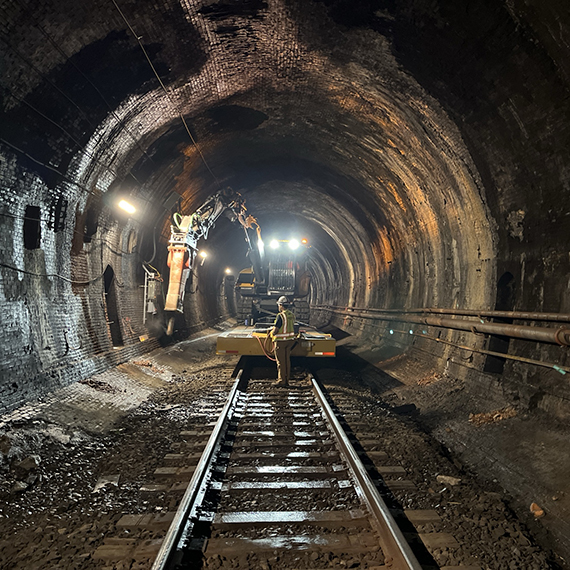
CSX Howard Street Tunnel Clearance Project Progressive Design-Build
Fay is in the design phase of a progressive design-build project that will increase the clearance of the Howard Street Tunnel from 19 to 21 feet to permit the safe passage of double-stack trains.
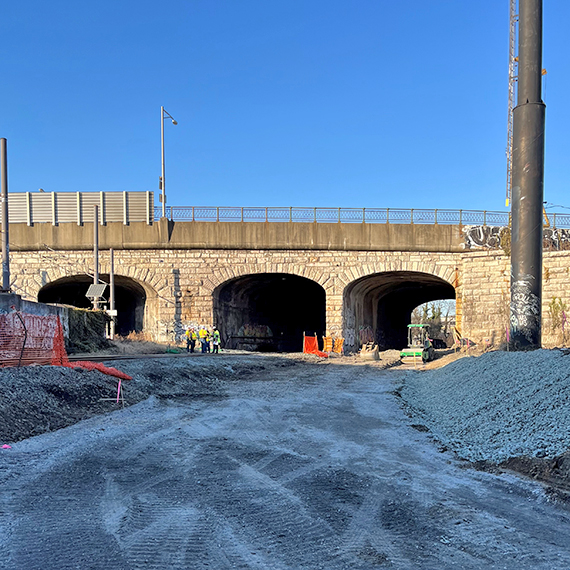
CSX North Avenue Bridge Progressive Design-Build
Fay will replace two 19th century 27-ft closed-spandrel brick masonry arches with modern steel girder and concrete deck bridge superstructures.

I-376 Commercial Street Bridge Replacement
For this project, Fay will replace the current open spandrel concrete arch bridge with an arched delta frame structure using sliding accelerated bridge techniques (ABC).
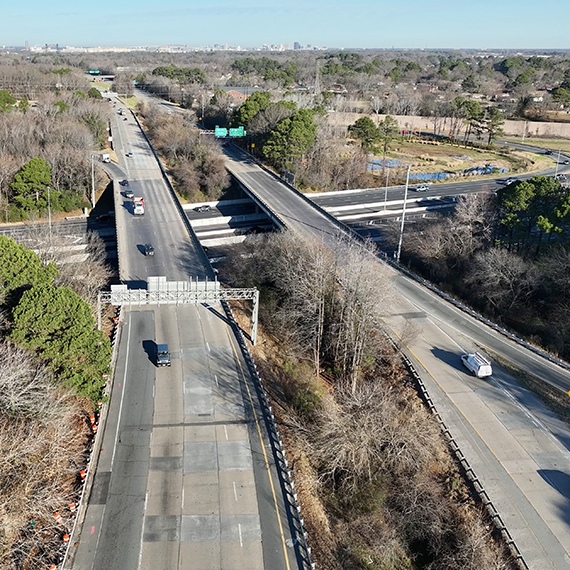
I-64 and I-464 Interchange Exit 291 Ramp Improvements
This project will improve the I-64/I-464 interchange by providing a direct connection between I-64 eastbound and Route 168 southbound via I-464 southbound.
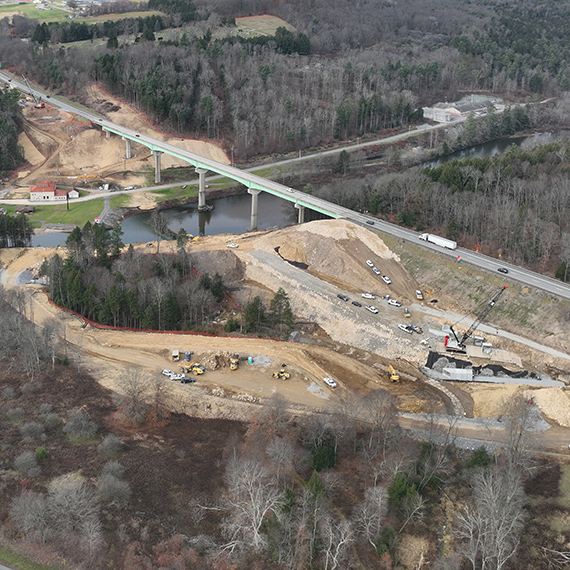
I-80 North Fork Bridge
Fay, S&B USA Construction's scope of work includes the demolition and reconstruction of the Eastbound (EB) and Westbound (WB) I-80 bridges over North Fork Redbank Creek, Water Plant Road and the Walter Dick Memorial Park.
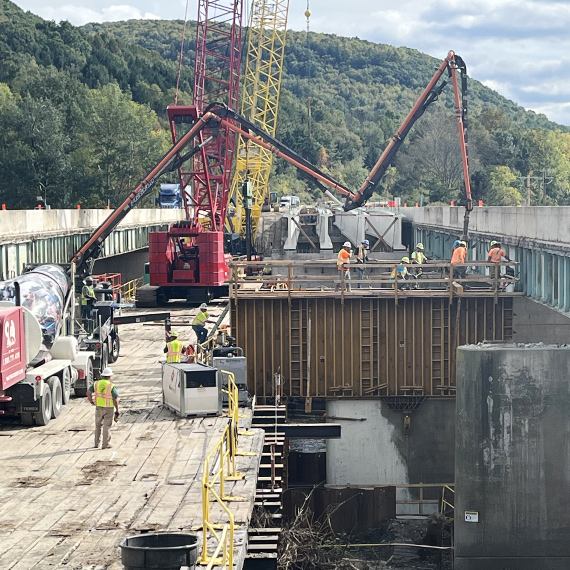
I-81 Susquehanna River Bridge
Fay, S&B USA Construction was contracted by Bridging Pennsylvania Constructors (BPC), the design-build construction entity as a prime contractor to perform demolition and replacement of two I-81 spans over the Susquehanna River.
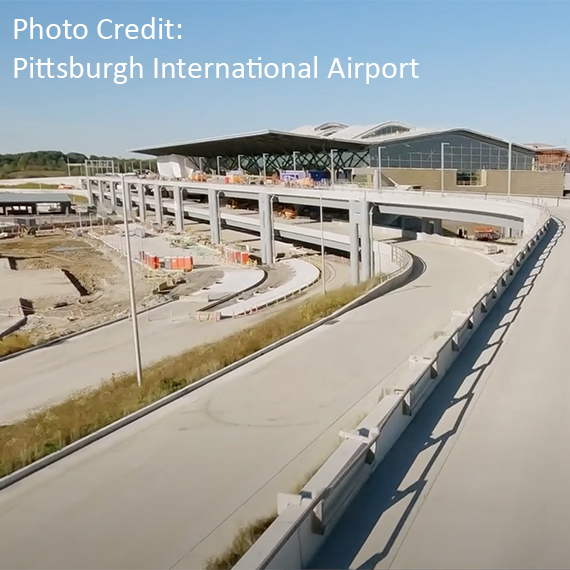
Pittsburgh International Airport — Roads & Bridges
Fay was recently awarded a contract to design and build a new network of roads as part of a larger modernization plan at Pittsburgh International Airport; the highlight of the project is a dual-level bridge that leads to the new terminal.

SH 288 Toll Lanes P3
This project constructed four toll lanes on SH 288 in Houston, TX to address congestion and improve the functionality of these interchanges to make travel more direct and accessible.

Fredrick Douglass Memorial Bridge Demolition
As a subcontractor, Fay performed the demolition of the 1306 ft long Frederick Douglass Memorial Bridge and approaches. Much of the work was performed via a 150-ton barge-based crane and a specialty barge crane. The bridge was removed by sawing and lifting the deck in segments and burning and lifting the steel.
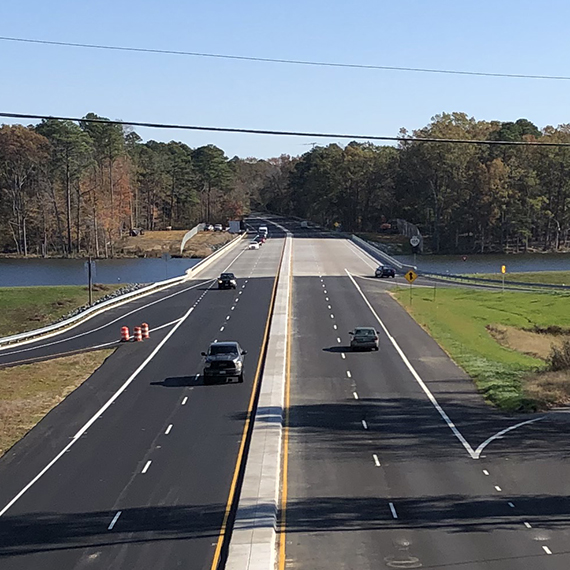
Ft. Eustis
The Ft. Eustis Bridge, the entrance to Joint Base Langley-Eustis, was widened during its reconstruction to provide better access.